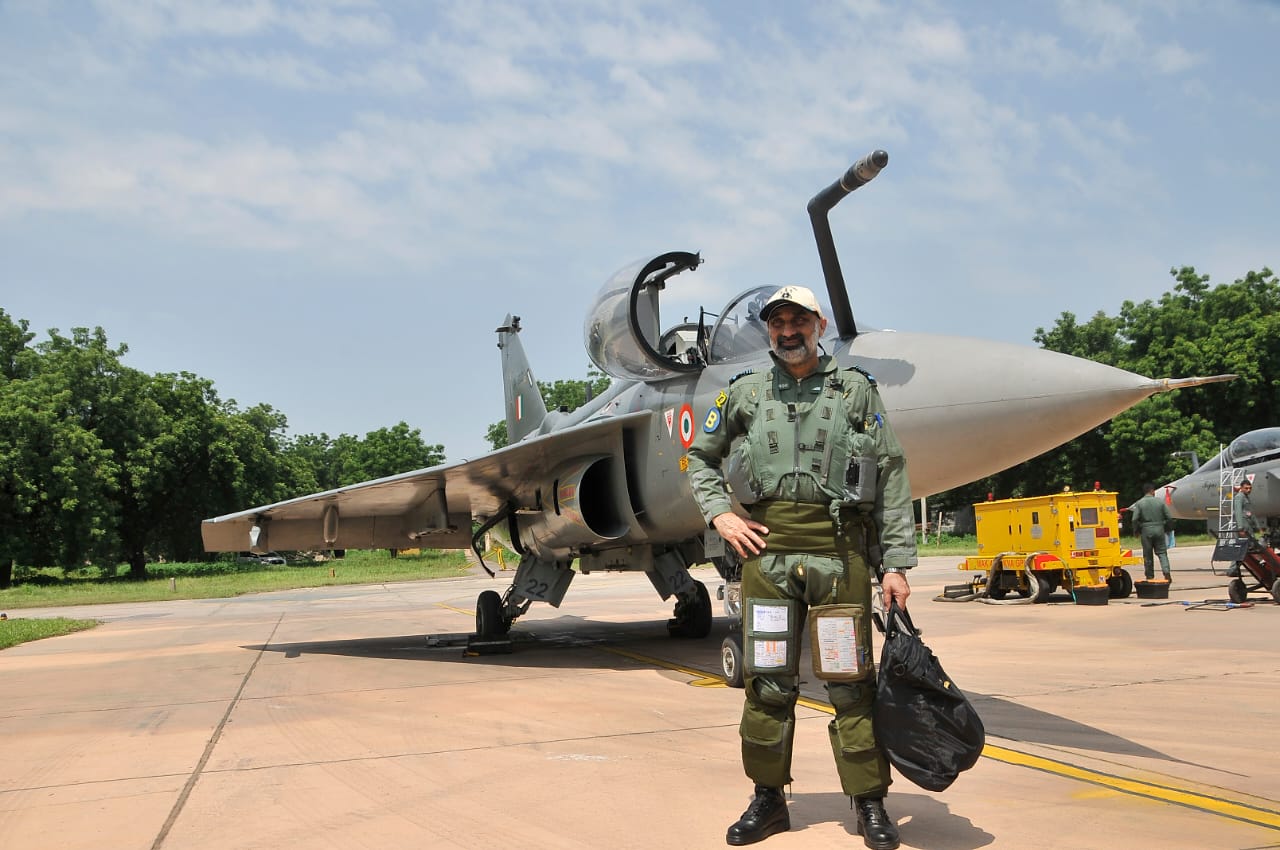SOURCE: AFI


The Indian Air Force (IAF) is grappling with a dwindling number of fighting squadrons, a pressing concern that has been highlighted in recent years. However, Air Chief Marshal AP Singh, the Chief of Air Staff, expressed optimism on Friday, asserting that the situation is not dire and that the promises made by Hindustan Aeronautics Limited (HAL) could help alleviate the shortage.
HAL, a state-owned defense company, has been tasked with producing the indigenous Tejas light combat aircraft to bolster the IAF’s fleet. Singh acknowledged that the development and production of the Tejas have faced delays, but he expressed confidence that HAL can meet its production targets.
“The Tejas has undoubtedly been delayed, but there is a commitment to establish a robust production line,” Singh stated. “If HAL fulfills this promise, I am optimistic that we can catch up on the delays. Our primary objective is to prevent a decline in our aircraft strength as we phase out older, obsolete models.”
The Air Chief emphasized the importance of maintaining a minimum of 30 fighter squadrons to ensure the IAF’s operational readiness. He underlined that HAL’s promise to produce 24 Tejas aircraft per year is crucial to achieving this goal. The company’s third production line in Nashik is expected to play a significant role in ramping up production.
Singh’s comments offer a glimmer of hope for the IAF, which has been facing challenges in maintaining its fleet strength amidst geopolitical tensions and budgetary constraints. If HAL can deliver on its commitments, the indigenous Tejas could be a game-changer in addressing the IAF’s squadron shortages and ensuring its long-term operational capability.